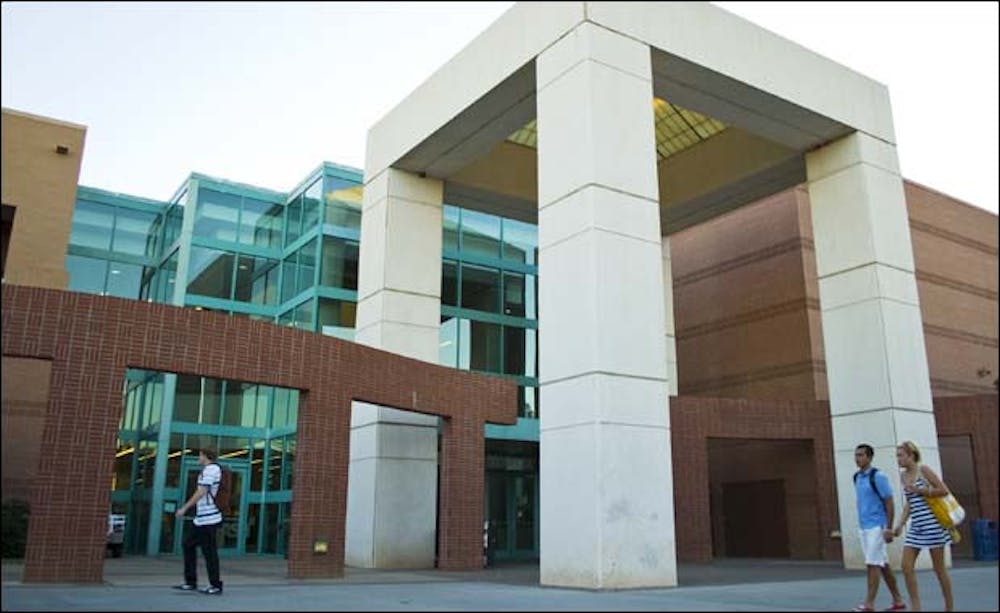In just a few weeks, student senators from all four ASU campuses will vote to support or oppose a University-wide Student Recreation Complex expansion.
The plans call for the expansion and development of recreation facilities on all four campuses.
At the Tempe campus Student Recreation Complex, the projected plan would include more field space for sports clubs, an expanded weight room, more basketball courts and more small gyms, an increase of about 90,000 square feet.
Renovations at the other campuses would include more weight and cardio areas, as well as possible outdoor courts.
“The design is not set,” Residence Hall Association Director Chris Gast said. “Students from across [their respective] campuses are going to help choose the design.”
Tamra Garstka, director of campus recreation, said the required fee for the SRC is one of the lowest in the nation for student recreation.
“The same fee has been at the SRC since it opened 20 years ago,” she said.
Under the current plan, the proposed fee is $150 to $162 per student each semester. The expansion would increase the Tempe SRC’s square footage per student from 2.3 square feet to 5.63 square feet, Garstka said.
The facility operations for the SRC are not paid fully by the student fee but through revenue from programs and services like exercise classes and other small sources of money, Garstka said.
The Undergraduate Student Government senate denied a request for funds to replace the original carpet of the facility earlier this year, Garstka said. Additionally, the use of the facility has gone up substantially this year, she said.
However, Gast said the economic crisis could be an upside for the expansion.
“By moving forward with this now [while construction costs are low], we can save the students tens of millions of dollars,” he said.
While the fee for the current plan would be $150 to $162 per student each semester, this could change depending on what improvements make it into the final approved plan and what campus students are on, Gast said.
Garstka said students won’t have to pay until the changes are completed and the facilities can be accessed.
“An increased fee will not happen until they have deliverables that students can use,” she said.
About 27 percent of students take classes on two or more campuses, Garstka said.
“By developing recreation centers on all campuses, students will have the same opportunities,” she said.
Gast agreed recreation facilities are necessary across the University.
“The number of multiple-campus students is increasing. We are moving from separate recreation facilities to a recreation network across the University,” he said.
Increasing the size of the SRC would also likely increase the number of student job opportunities, Gast said.
Bryant Flick, head of ASU’s Sport Clubs Association, said the 20-year-old building was not designed for the number of people who use it today.
Getting room for instructional classes is especially difficult, he said.
“We were already forced to send away five to 10 clubs and instructional groups because of space this year,” he said. “By turning away these groups, we turn away revenue and diminish opportunities for students.”
Jose Maqueda, a geography undergraduate, said the expansion fee increase seems pricey, but some change to the facilities is needed.
“If you can only work out during peak hours, you won’t be able to find a spot and may not work out at all,” Maqueda said.
Reach the reporter at cjmcgann@asu.edu.




